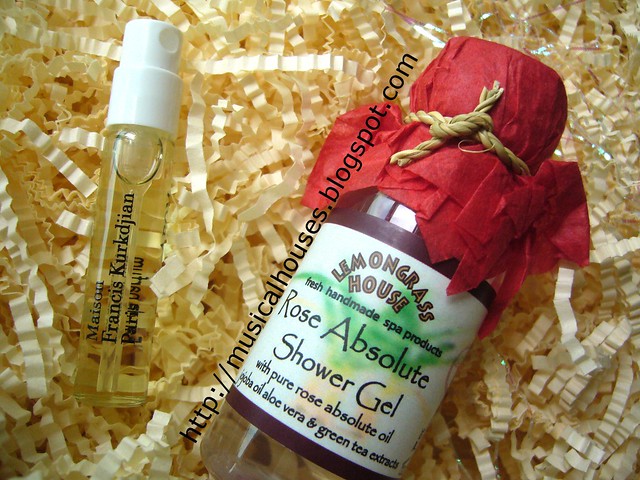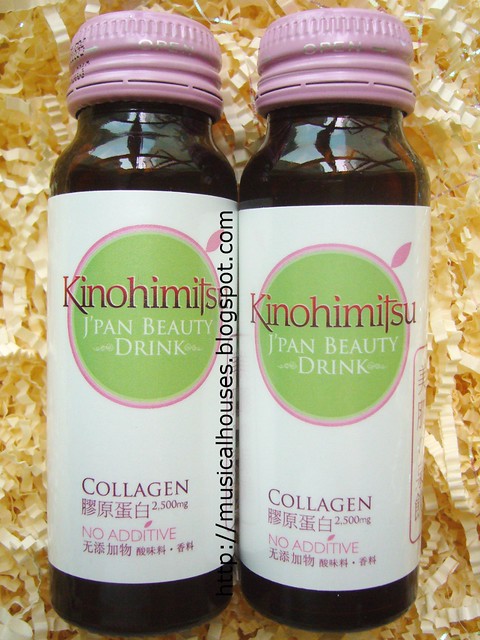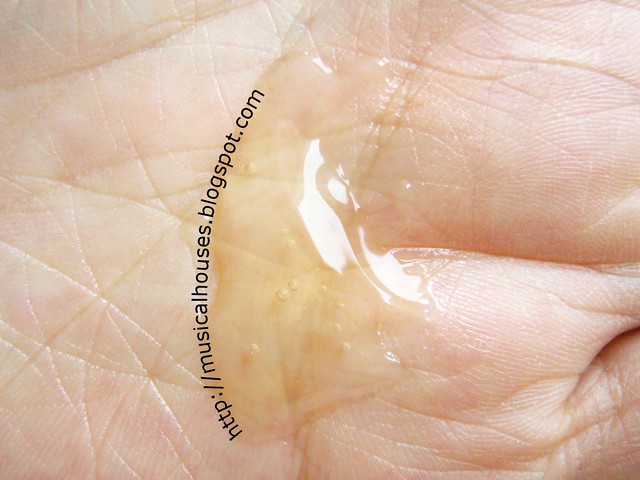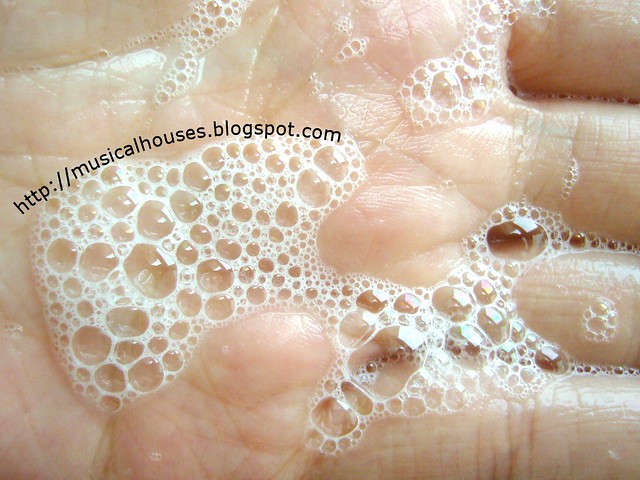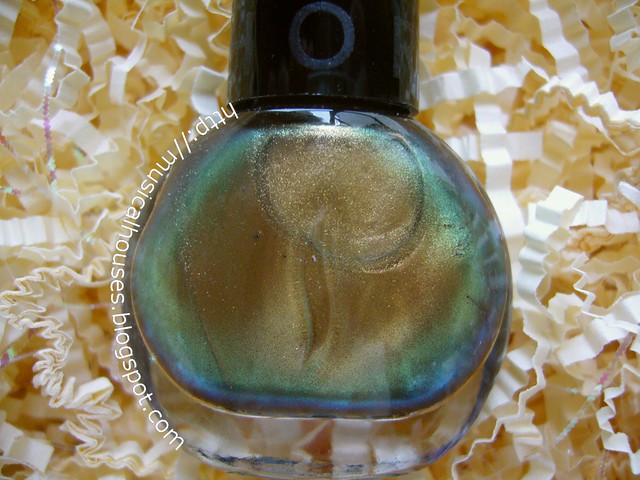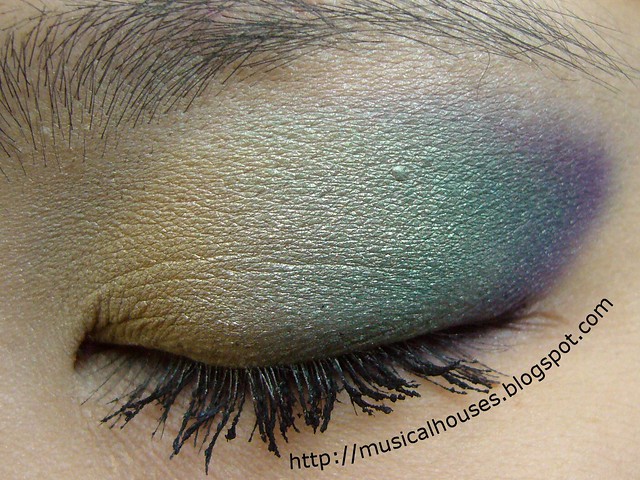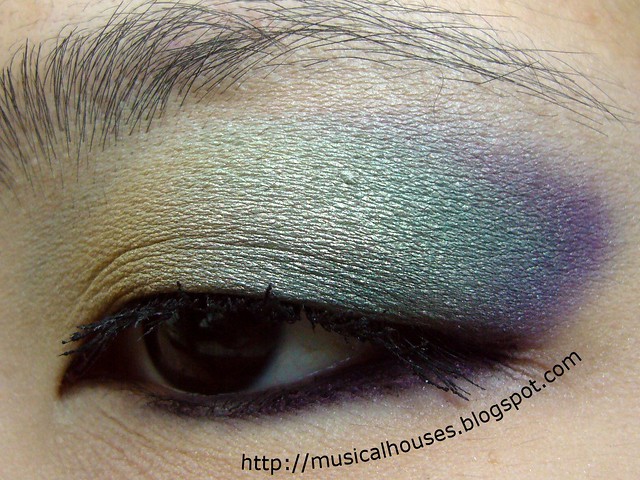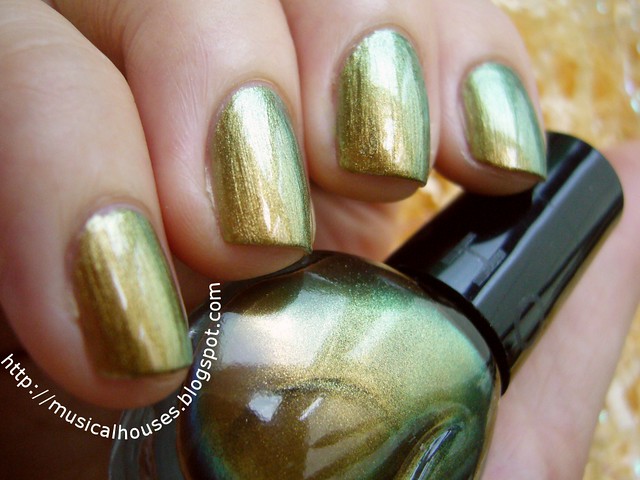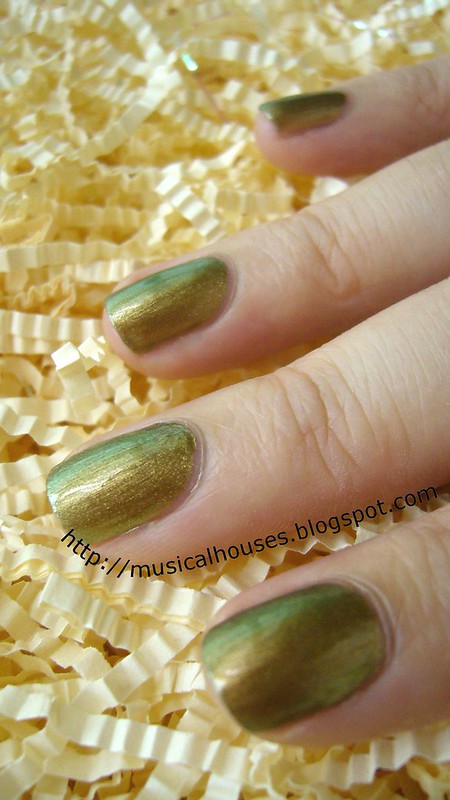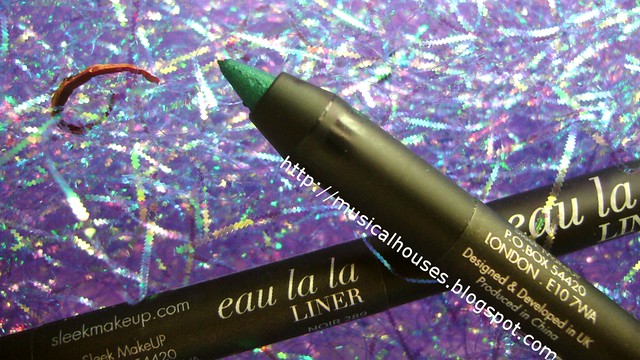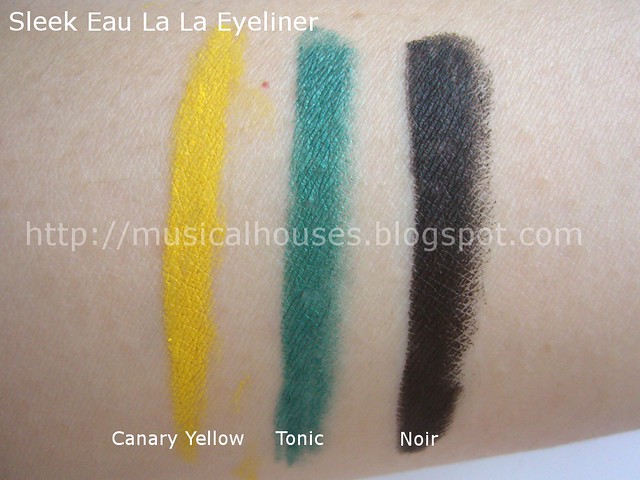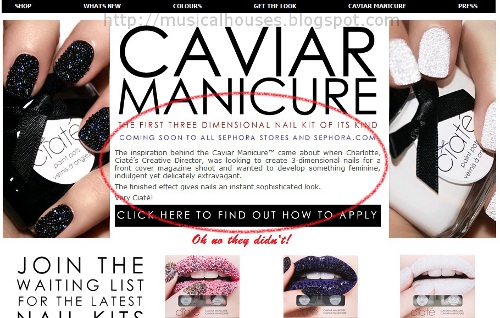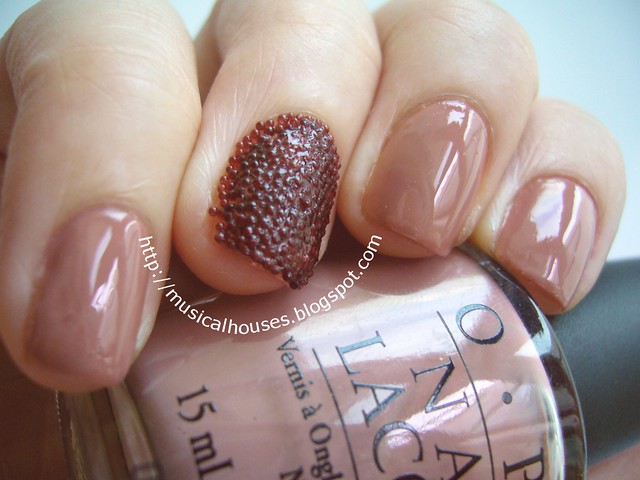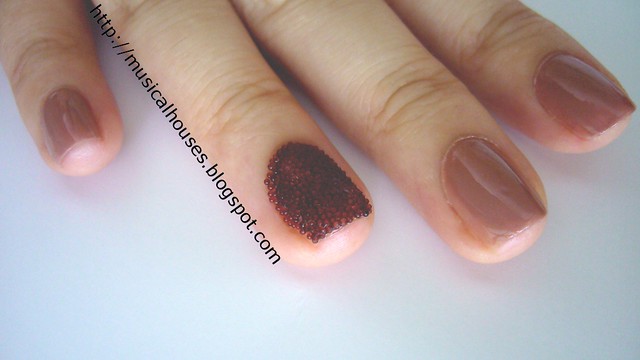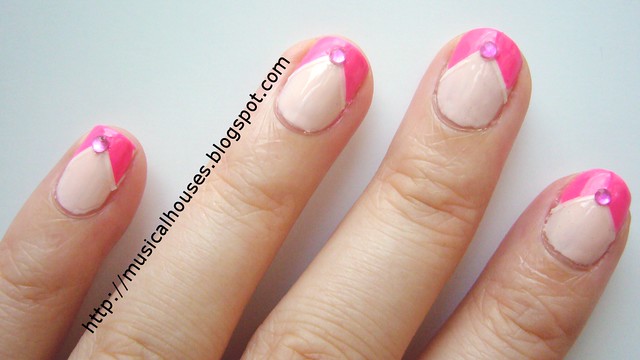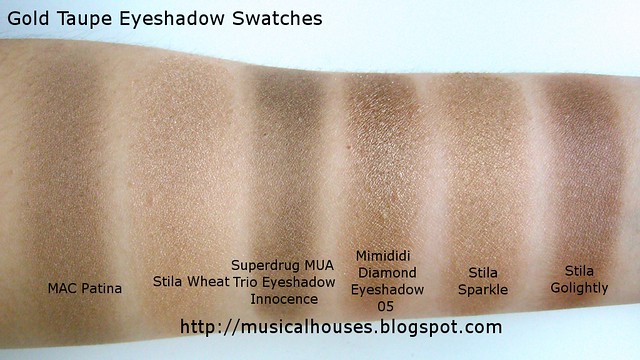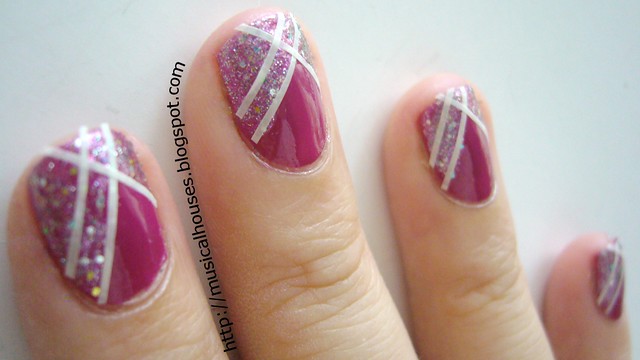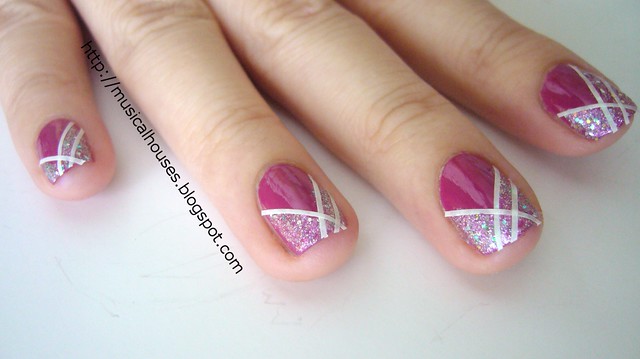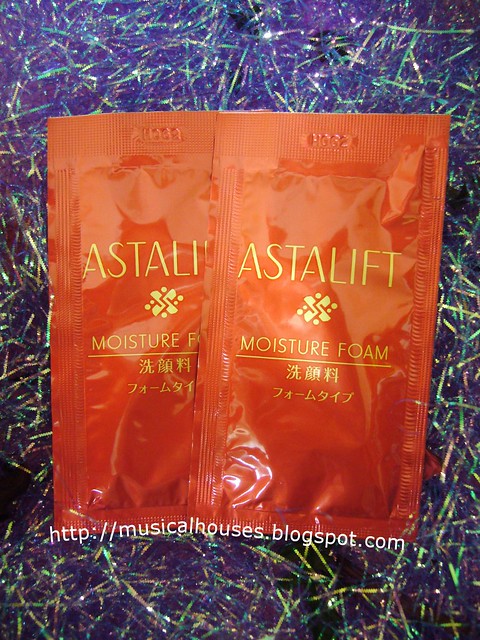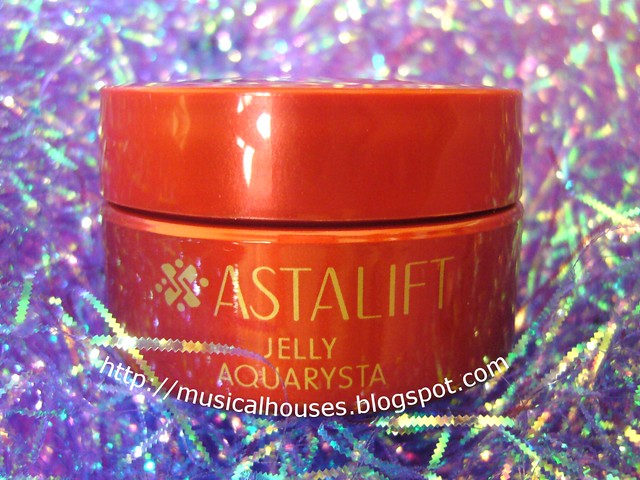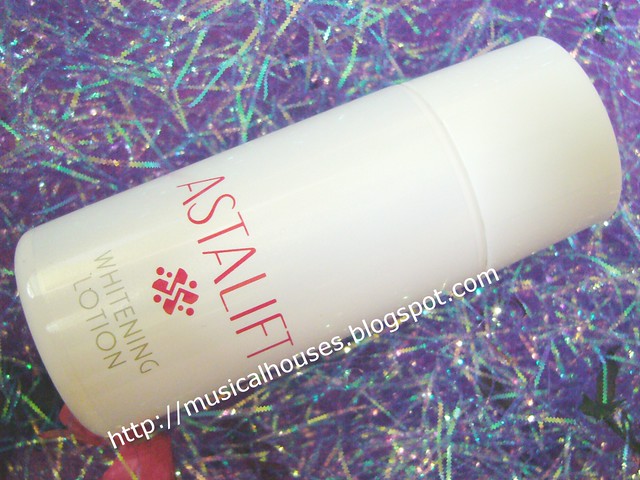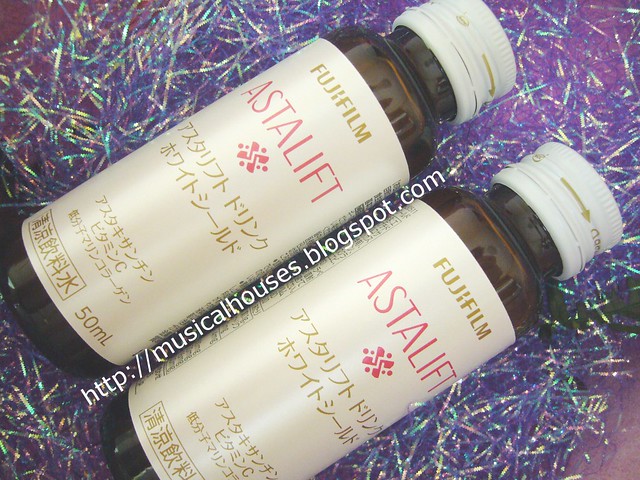Summer is round the corner, and all the drugstores in the West are stocking up their aisles with rows and rows of sunblock of various kinds. In Asia, sunscreen is an ever-popular item, so we always have lots of it all year round. As a skincare fanatic, I thought I'd share some useful tips I've learned regarding sunscreen, especially since there is a lot of misinformation about sunscreen.
Most of us already know about the basic sunscreen tips, e.g. reapply every two hours, etc. This blogpost intends to discuss deeper issues that are equally important. Some of these issues can be really, really technical (if you read published literature on it, you'll know what I mean). Since this is meant to be an introductory post for the average, non-skincare-fanatic girl, I've done a lot of oversimplification, in order to get the points across. And to make it more entertaining (a long block of text is boring after all), I've even thrown in cute pin up girls with lame captions. So without further ado, here are my 5 tips:
1. Just Looking at the SPF Number is Not Enough
It always surprises me how most people think that as long as a sunscreen's SPF (Sun Protection Factor) is high enough, they're covered. Not quite - there are two types of ultraviolet rays produced by the sun that hit the skin - UVA, and UVB (there's also UVC, but that's absorbed by our ozone layer, so you don't have to worry about it). Both UVA and UVB damage the skin - they can damage collagen fibres in the skin, as well as cause free radical damage. UVA however, doesn't cause sunburn, whereas UVB does. It's a lot more complex than that, but I'm oversimplifying here.
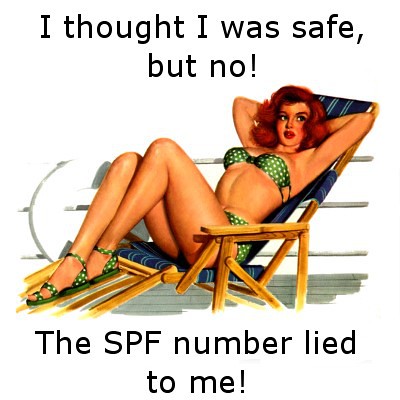 (Image source. Text and editing by me.)
(Image source. Text and editing by me.)
Now, the SPF number in a sunscreen is only the measure of protection against UVB rays. Basically, the higher the SPF, the greater the protection you get against UVB rays. Of course, this leaves out half the story - you don't know anything about whether the sunscreen can offer protection against UVA rays. So even if you slather sunscreen all over your body, if it doesn't have much UVA protection, you will still subject yourself to sun damage. In fact, you may be worse off, because you won't burn as quickly despite exposure to UVA rays, thus you may end up staying out in the sun for longer.
So how do you determine whether a sunscreen has good UVA protection or not? This is where it gets tricky. Unlike SPF, which is pretty much well-defined the world over, there is no universal standard for UVA protection. In some countries, typically in Asian countries, you see a PA value, e.g. PA+, PA++, PA+++ and so on. This is an indication of UVA protection, and the more ++'s after the PA, the higher the UVA protection. You see this a lot on Japanese sunscreens. In my experience, I rarely see any sunscreens beyond PA+++. In other countries, such as some European ones, they use PPD (Persistent Pigmentation Darkening) as a measure, followed by a number, e.g. PPD 4, PPD 8, PPD 12 and so on (I don't often see sunscreens with more than PPD 12). Like SPF, the higher the PPD value, the greater the UVA protection. In the USA and other countries (see
Edited to add note a few paragraphs down for US FDA sunscreen guidelines changes), there isn't any standard way to label UVA protection, so most sunscreens will mention something like "broad spectrum protection" on the packaging. If, in the absence of PA or PPD information, you see this, it's generally a good indication that it has some protection against UVA rays too. So the bottom line is - don't just look at the SPF number. Check to see that it offers UVA protection too.
1a. A side note: SPF Numbers Can be Misleading
So now that you're aware about choosing a sunscreen with broad spectrum protection, I'd like to clear up one last misconception about SPF. In Asia especially, girls like to go for crazy high SPF numbers in their sunscreen (here you see SPF 130 sunscreens and SPF 100 sunscreens quite commonly). They somehow feel like it's the strongest type of sun protection they can get. However, a higher SPF doesn't really mean a higher level of protection - past a certain point, the additional protection offered is less and less, as sun protection protection doesn't increase linearly with SPF number. So a SPF 30 sunscreen will have a greater incremental effect when compared to a SPF 20 sunscreen, but an SPF 80 sunscreen may not be all that much different from a SPF 70 sunscreen. And, a SPF 100 sunscreen does not actually offer twice the amount of protection that an SPF 50 sunscreen does. Case in point - an SPF 15 sunscreen absorbs 93% of UVB rays. An SPF 30 sunscrreen absorbs 97% of UVB rays. An SPF 50 sunscreen? 98%. That's why some countries (mainly European ones, and most recently the USA) have regulations demanding that you can't label your sunscreen with a number above, say, SPF 50, becuase the SPF number can be misleading for the average consumer. In these countries, anything above SPF 50 will just be labelled SPF 50+. But where I live, companies go crazy advertising uselessly high SPF numbers, and ignorant consumers snap these up like candy.
Updated to Add: Here's a handy chart. As you can see, the sky-high SPF value really confers only incremental benefits when it comes to sun protection, once you hit SPF 30 (which provides 97% protection). So, if you're thinking of spending top dollar on that SPF 20000 sunscreen, just opt for an SPF 30. I personally use SPF 50 for my daily use, but then again I'm an Asian girl aspiring to Twilight-vampire-like pale skin. So there.
 (Image source, which uses data from EPA & FDA.)
(Image source, which uses data from EPA & FDA.)
But anyway, enough about my rant. Let's move on to the next point.
(
Edited to add: I must have a sixth sense or something, because a couple of months after I wrote this article, the FDA unveiled some changes to sunscreen guidelines, which would affect the claims manufacturers can place on their packaging. This includes making it mandatory for sunscreens to offer effective UVA and UVB protection in order to claim being "broad spectrum", and requiring any sunscreen with SPF values of more than 50 to be marked SPF 50+. That's better, isn't it? You can read more
here.)
(
More Edited to add: This isn't really in the scope of an introductory blogspot, but
this really interesting blogpost has further info on why SPF numbers can be misleading - basically he argues that other ingredients (namely antioxidants and anti-inflammatory ingredients) can skew the SPF measurements by making them seem higher than they really are. The bottom line is to look not just at SPF number, but also at the level of UVA protection offered.)
2. Know Whether Your Sunscreen is Physical or Chemical
Sunscreens offer protection in two ways - physical, and/or chemical. A sunscreen can be purely physical, purely chemical, or both. Physical filters utilize ingredients (there are really only two, titanium dioxide and zinc oxide) to reflect and scatter the sun's rays. So basically, these ingredients sit on top of your skin, and deflect the sun's rays away from your skin (I oversimplified, but you get the idea). So they physically block the sun's rays. Chemical filters (avobenzone, octocrylene etc) work differently. These absorb the incoming UV rays, and then "convert" them to heat (another oversimplification, but I hope it makes things clear).
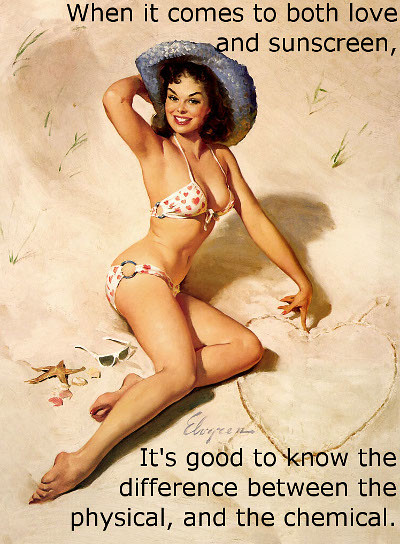 (Image source. Text and editing by me.)
(Image source. Text and editing by me.)
So, you may ask, what's the difference between the two? Well, physical sunscreens are less cosmetically elegant - so if you get that white cast on your face, it's usually due to the physical filters in your sunscreen. In addition, physical sunscreens tend to be thicker, and more opaque, and thus tend to have a heavier texture, which some people don't like. On the bright side, they are generally more photostable, and they are generally agreed to be less likely to aggravate sensitive skin. Chemical sunscreens tend to have a better texture, as they tend to be colourless and more watery in texture (a lot of Japanese sunscreens are like this), and don't give you "white sunscreen face", but on the other hand, they tend to aggravate some types of sensitive skin more. Some badly formulated ones can sting and burn sensitive skin. (There's also a concern about chemical sunscreens being xenoestrogenic, but I won't go into that, as I don't have much expertise in the area.)
Thus, if you do have sensitive skin, it is a good idea to look out for a physical sunscreen. Often I get feedback from my female acquaintances telling me about how this or that sunscreen cause them skin sensitivities, and when I check, they're invariably using a sunscreen that's heavy on the chemical filters. Of course, this is an over-generalization because everyone's skin is different, and there are lots of ways to formulate sunscreen (the base, in addition to the active ingredients, could contain irritating compounds). But if you have sensitive skin, it's worth bearing in mind. The bottom line - there's a tradeoff between cosmetic elegance and skin aggravation. You have to find the balance, and it starts by knowing the difference between physical and chemical filters.
Updated to add: So as far as choosing sunscreen goes, a good idea is to look out for two things: a sunscreen with both UVA and UVB protection, as well as a sunscreen whose filters, whether chemical or physical, are less likely to aggravate your skin. Here's a neat chart that summarizes some of the commonly used sunscreen filters, whether they are chemical or physical (like I said, there are only two physical filters), as well as the level of UVA and UVB protection they provide.
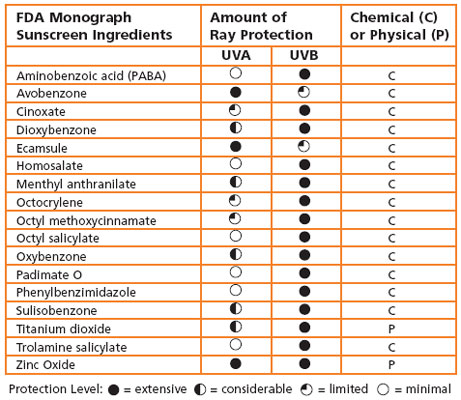 (Image source, using data from EPA & FDA.)
(Image source, using data from EPA & FDA.)
If the above list sounds very short, it's because the FDA only lists down the INCI names, not the brand or trade names these are sold or marketed under. For example, Helioplex (you may have seen it on Neutrogena sunscreens) is actually a combination of avobenzone and oxybenzone, not an entirely new sunscreen filter altogether. Also, as this is a chart from the FDA, it doesn't include filters approved elsewhere (e.g. Europe) that have not yet been approved by the FDA. For a list of some of these, you can see
here (or scroll down to the end of this post, where I have the table in a picture form in the annex).
3. Layering SPF Products Does Not Work
Another common question I get is, "If I use an SPF 15 moisturizer, and an SPF 20 sunscreen, will I get SPF 35 on my face?" I hate to break it to these girls, since I see so many people doing this, but the answer is no. Then said girl will invariably ask, "Or is it just SPF 20, since that's the higher of the two?" Once again, no.
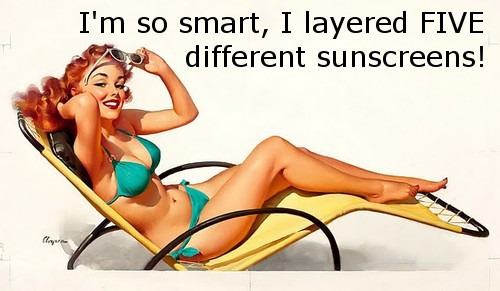 (Image source. Text and editing by me.)
(Image source. Text and editing by me.)
The reason why SPF 15 + SPF 15 doesn't = SPF 30 is because some SPF ingredients can interfere with each other, or stabilize each other. This has to do with issues of photostability in the sunscreen. Some ingredients degrade other ingredients, thus offering less protection overall. A commonly-cited example is uncoated titanium dioxide or zinc oxide degrading avobenzene. In other words, if you have a sunscreen containing zinc oxide, and another sunscreen containing avobenzene, it is not a good idea to use them together or layer them on top of the other. Other ingredients, on the other hand, stabilize each other - for example, avobenzene is stabilized by specific amounts of octocrylene, so they are often used together in sunscreen formulations.
The reality is, it's hard to tell how a sunscreen will react with another sunscreen, unless you know specifically what the active ingredients are, and how they would react with each other. But we aren't all PhD holders. So the easiest way is to just have only ONE product with SPF in your routine (that is, the sunscreen) and apply that properly. That way, you can be sure it won't have any other sunscreen ingredients to interfere with its effaciacy. Don't get a moisturizer with SPF, a foundation with SPF, and try to layer them both with a sunscreen. That's just a waste of all that sun protection in the product.
(On a side note, this is why I absolutely HATE moisturizers and foundations with SPF protection. They get in the way of my sunscreen. Unfortunately, every other new moisturizer or foundation has SPF inside, thanks to the laws of supply and demand. Stupid uninformed consumers demanding SPF-infused products which shouldn't have SPF stuff inside. Grr.)
Which brings me to my next point.
4. Apply Your Sunscreen Properly
I'm always amazed by girls who spend a pretty penny on their sunscreen, but can't be bothered to apply it properly. I mean, if you're going to apply it at all, make sure you do so properly, if not you won't get the full protection of your sunscreen. There are two major issues with application that I will go into: not applying enough, and excessive rubbing.
4a. Not applying enough
Do you know how SPF is calculated? It's calculated by measuring the amount of UV protection afforded by the sunscreen, using 2mg of sunscreen per cm2 of skin area. Yes, 2mg/cm2. Use any less, and you'll be getting less than the stated SPF on the bottle.
So, what does 2mg/cm2 of sunscreen look like on your face? This should translate into half a teaspoon for your face and neck, and half a teaspoon for each arm (this is an approximate measurement, and would vary with the surface area of your face/neck/arms). Most people I know don't use anywhere near to the correct amount of sunscreen, even though they buy really expensive sunscreen products. That's a pity. Remember, always use at least half a teaspoon. If in doubt, use more rather than less. How much you use determines how much protection you get.
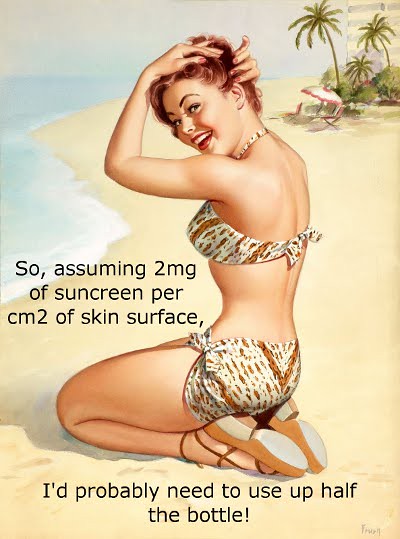 (Image source. Text and editing by me.)
(Image source. Text and editing by me.)
Now, on to the next mistake when it comes to sunscreen application.
4b. Rubbing Your Sunscreen
Sunscreen is supposed to sit in an even, unbroken layer across the surface of your face. That's how it reflects/scatters/absorbs the UV rays before they hit your skin. So when applying your sunscreen, that should be your aim. Rubbing or buffing in your sunscreen will break the even layer across your face, and affect its effectivenss. I know the temptation to rub it into your skin can be strong, but yes, it is supposed to sit on top of your skin to work properly. It's sunscreen, not skincare.
As a corollary, it also irritates me when people put on sunscreen, and then buff or rub their foundation on top of the sunscreen. By doing so, the sunscreen's efficacy has been lessened. I guess for people who use makeup on top of their sunscreen, rubbing and buffing will be inevitable - the only tip then would be to keep the rubbing to a minimum.
Both points 3 and 4 above bring me to my last point which is...
5. Sunscreen in Non-Sunscreen Products is Useless
Well, not quite useless. But generally, unless these products are used and applied like sunscreen, you aren't likely to get much UV protection from these products. And by "used and applied like sunscreen", I mean 1. applying as much of the product as you would sunscreen (remember, 2mg/cm2), and 2. Not rubbing or buffing it into your skin, and 3. not layering products.
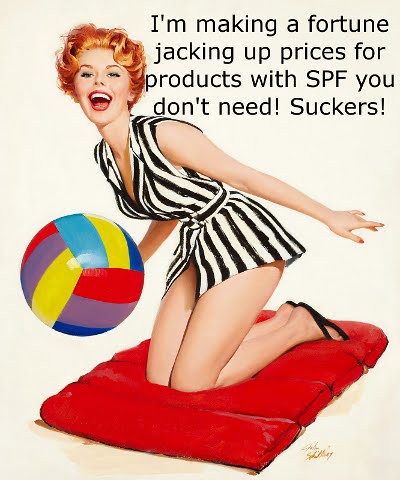 (Image source. Text and editing by me.)
(Image source. Text and editing by me.)
Now you see why sunscreen in non-sunscreen products, like moisturizers, foundations, and powders, is so useless. First of all, noone applies 2mg/cm2 of foundation to their face. You'd end up with a very cakey makeup look - not great. Same for moisturizer and powder. So in reality, although SPF 15 in that foundation may sound great, unless you apply half a teaspoon of foundation for face and neck, you're not getting anywhere close to SPF 15. In fact,
this post on Futurederm (written by Nicki who is herself a med student) estimates that "your average SPF 15 powder is giving you a true SPF of 1.1, and your SPF 15 moisturizer is giving you actual protection of SPF 8 to 10 with average application".
(
Edited to Add: If half a teaspoon seems hard to visualize,
here's a really good post on FutureDerm written since the time this blogpost went live, where John pours out the requisite amount of sunscreen into his palm (he's using approx a quarter of a teaspoon, calculated on the surface area of just his face only, not including the neck). Now imagine that you want to get your full SPF20 from your foundation. Are you really going to apply that much foundation? I definitely wouldn't want to use that much foundation on my face - it would be too much makeup.)
The second issue is to do with buffing and rubbing. When you use moisturizer, foundation, or powder, or other makeup product, you're supposed to buff and rub. I mean, a skilful makeup application means lots of blending, right? Unfortunately, it also makes for very lousy SPF coverage. This means to get SPF 15 of coverage listed on your foundation, you'd have to use half a teaspoon of foundation, and try not to blend it in. Eeks.
Lastly, of course, you can't layer SPF products (or you can, but the active ingredients may interfere with each other). I've already written about this, so I won't go into details again. So now you can see why I hate foundations, powders, moisturizers, etc with sunscreen in them. They're really more a marketing gimmick than anything else, since most people would use these products in a manner which would render very little, if any, UV protection at all.
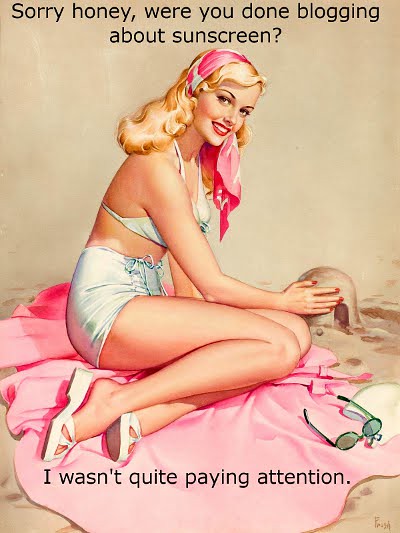 (Image source. Text and editing by me.)
(Image source. Text and editing by me.)
So there you have it, the five most useful sunscreen tips I've ever encountered. I know I've oversimplified here and there, sometimes a lot, but I hope that it makes some of these very technical issues a little easier to understand, so if anyone wants to chime in with their two cents worth, please do so and leave a comment! There's lots of scientific literature out there, so if anyone wishes to delve deeper into any of the abovementioned points, there's a lot of reading (the Skincare board on Makeupalley is a great place to start). Good luck, and happy sunscreen-ing yourself!
Annex: Full List of Sunscreen Filters
This super long list of sunscreen filters, as well as details about them, are from
Skinacea. I'm keeping a copy on my site because things on the internet aren't very permanent, and we absolutely need this valuable resource!


